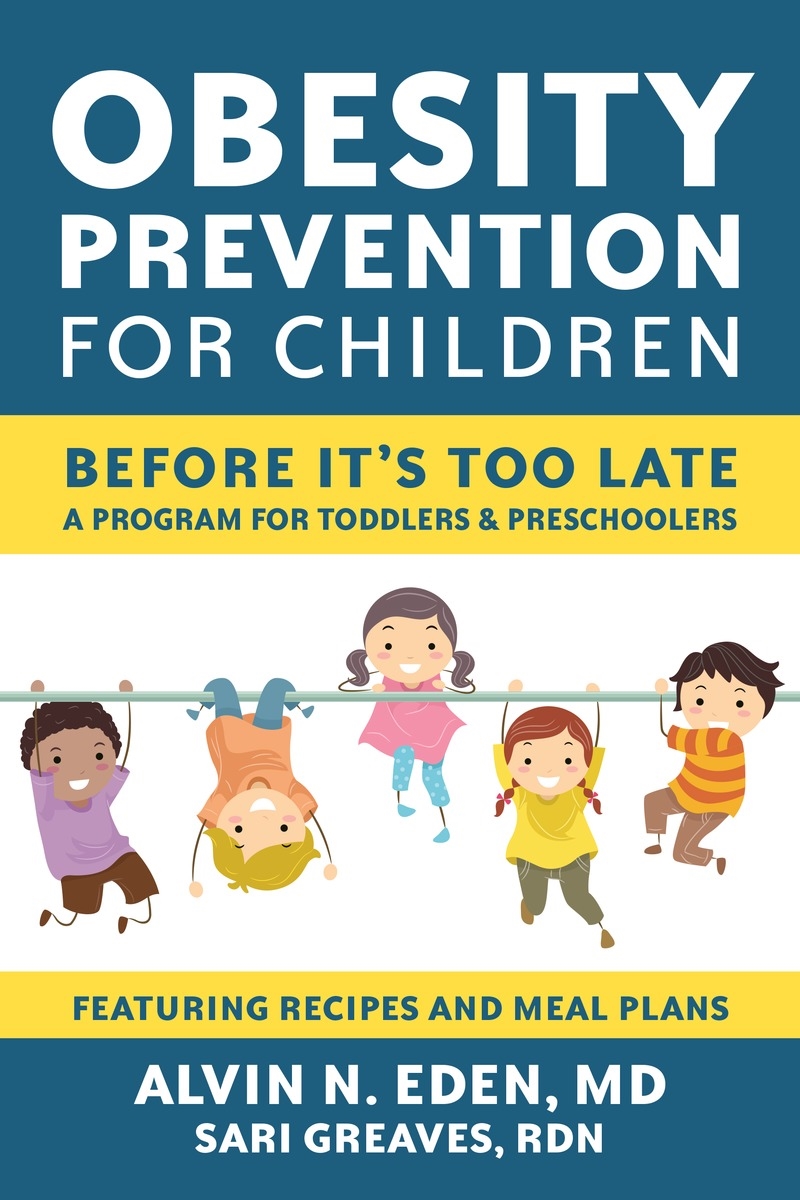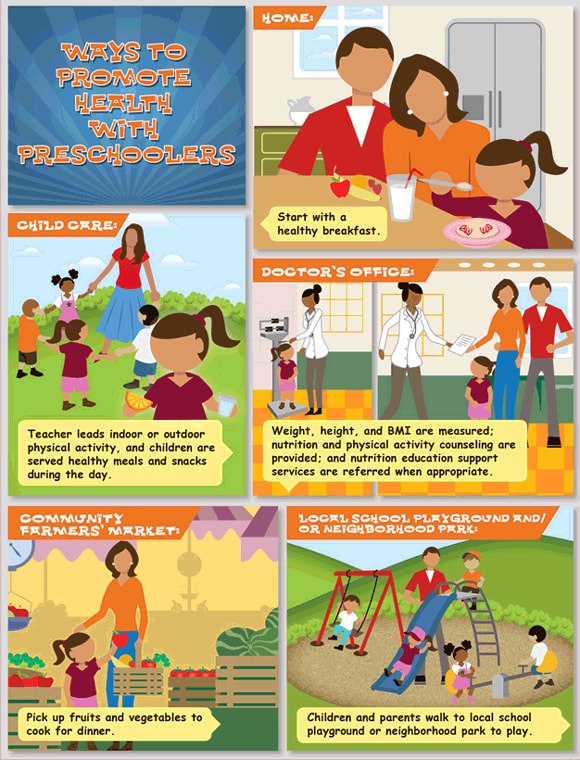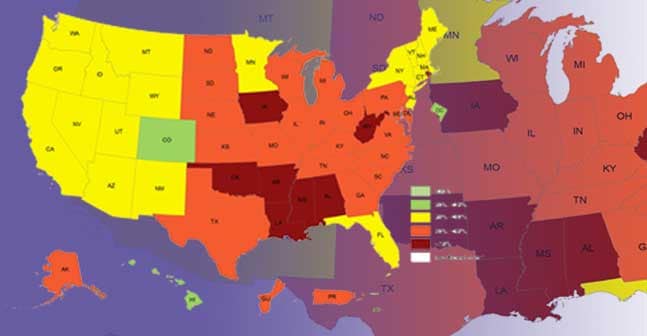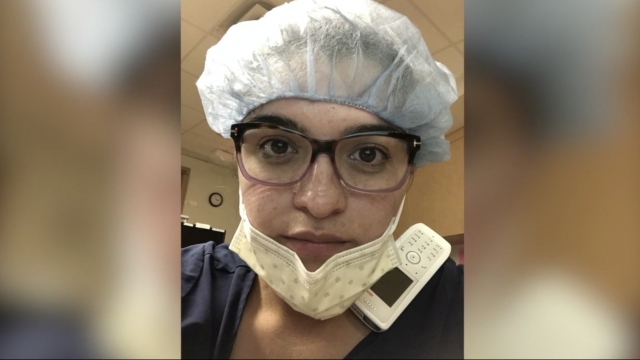Childhood obesity prevention programs information
Home » » Childhood obesity prevention programs informationYour Childhood obesity prevention programs images are ready in this website. Childhood obesity prevention programs are a topic that is being searched for and liked by netizens now. You can Find and Download the Childhood obesity prevention programs files here. Find and Download all royalty-free photos.
If you’re looking for childhood obesity prevention programs images information connected with to the childhood obesity prevention programs keyword, you have come to the ideal site. Our site frequently gives you hints for viewing the maximum quality video and picture content, please kindly hunt and find more informative video articles and graphics that fit your interests.
Childhood Obesity Prevention Programs. (i) schools are an important setting in which to implement effective intervention programmes and concomitant involvement of the home/family and community is desirable; From 1997 to 2004, the proportion of overweight and obese nsw school children increased by 5%. When translating research tested programs from urban areas to rural areas, it is imperative to identify the specific modifiable behavioral, social, and environmental factors (e.g., geography, food availability, transportation) associated with obesity in a given community to ensure the content of effective childhood obesity prevention programs. Program was implemented to address this growth.
 Health advocacy organization PHA combatting child obesity From emaxhealth.com
Health advocacy organization PHA combatting child obesity From emaxhealth.com
We assessed the effectiveness of childhood obesity prevention programs by reviewing all interventional studies that aimed to improve diet, physical activity, or both and that were. (ii) improving access to pa facilities and healthful. Previous reviews of childhood obesity prevention have focused largely on schools and findings have been inconsistent. Analyses by age group show that. When translating research tested programs from urban areas to rural areas, it is imperative to identify the specific modifiable behavioral, social, and environmental factors (e.g., geography, food availability, transportation) associated with obesity in a given community to ensure the content of effective childhood obesity prevention programs. Catch is the source for childhood obesity prevention programs.
(i) schools are an important setting in which to implement effective intervention programmes and concomitant involvement of the home/family and community is desirable;
“weight loss.” the main goal of most childhood obesity prevention programs is to prevent nonoverweight children from becoming overweight or obese, while the primary objective of obesity treatment programs is for pediatric patients to lose weight. Programs designed for obesity prevention may also help overweight or obese children A comprehensive approach is most effective at addressing childhood obesity in schools, especially for elementary and middle school students. •improve children’s healthy eating and physical activity behaviours (i) schools are an important setting in which to implement effective intervention programmes and concomitant involvement of the home/family and community is desirable; When translating research tested programs from urban areas to rural areas, it is imperative to identify the specific modifiable behavioral, social, and environmental factors (e.g., geography, food availability, transportation) associated with obesity in a given community to ensure the content of effective childhood obesity prevention programs.
 Source: penguin.com.au
Source: penguin.com.au
•improve children’s healthy eating and physical activity behaviours We assessed the effectiveness of childhood obesity prevention programs by reviewing all interventional studies that aimed to improve diet, physical activity, or both and that were. •improve children’s healthy eating and physical activity behaviours Previous reviews of childhood obesity prevention have focused largely on schools and findings have been inconsistent. A comprehensive approach is most effective at addressing childhood obesity in schools, especially for elementary and middle school students.
 Source: cdc.gov
Source: cdc.gov
The early childhood obesity prevention program (ecopp) is a coordinated and comprehensive approach involving families, early childhood education professionals, health professionals, and community organizations working together with consistent messaging and strategies to ensure a sound foundation for health in the future. A key to the program’s success is trying vegetables in different ways. The following intervention points are supported by a body of evidence of at least a moderate level of strength to be effective for childhood obesity prevention: Catch is the source for childhood obesity prevention programs. From 1997 to 2004, the proportion of overweight and obese nsw school children increased by 5%.
 Source: cdc.gov
Source: cdc.gov
When translating research tested programs from urban areas to rural areas, it is imperative to identify the specific modifiable behavioral, social, and environmental factors (e.g., geography, food availability, transportation) associated with obesity in a given community to ensure the content of effective childhood obesity prevention programs. (ii) improving access to pa facilities and healthful. Effective prevention of childhood obesity requires an integrated multicomponent approach addressing individual behaviour and diet, family habits, educational institutions, and societal standards. Three overarching goals have been established to focus on preventing obesity amongst children: 1,2 a comprehensive approach means directing attention to nutrition and physical activity in schools and involving.
 Source: emaxhealth.com
Source: emaxhealth.com
Previous reviews of childhood obesity prevention have focused largely on schools and findings have been inconsistent. Programs designed for obesity prevention may also help overweight or obese children More than 30 percent of american children and adolescents are overweight or obese. “weight loss.” the main goal of most childhood obesity prevention programs is to prevent nonoverweight children from becoming overweight or obese, while the primary objective of obesity treatment programs is for pediatric patients to lose weight. The purpose of this program is to not only prevent obesity, but also implement long lasting beliefs in living a healthy lifestyle.
 Source: forerunnershealthcare.com
Source: forerunnershealthcare.com
Food freedom, grocery cart control, and maintaining healthy habits (dech & richland, 2019). (ii) improving access to pa facilities and healthful. •improve children’s healthy eating and physical activity behaviours How the healthy plate club works. The following intervention points are supported by a body of evidence of at least a moderate level of strength to be effective for childhood obesity prevention:
 Source: newsy.com
Source: newsy.com
Effective prevention of childhood obesity requires an integrated multicomponent approach addressing individual behaviour and diet, family habits, educational institutions, and societal standards. When translating research tested programs from urban areas to rural areas, it is imperative to identify the specific modifiable behavioral, social, and environmental factors (e.g., geography, food availability, transportation) associated with obesity in a given community to ensure the content of effective childhood obesity prevention programs. 1,2 a comprehensive approach means directing attention to nutrition and physical activity in schools and involving. More than 30 percent of american children and adolescents are overweight or obese. How the healthy plate club works.
 Source: preventioncentre.org.au
Source: preventioncentre.org.au
Preventive effects are largest in early life, with marked risk reduction through improved infant and young child feeding. The good for kids program sought to: Program was implemented to address this growth. Three overarching goals have been established to focus on preventing obesity amongst children: Food freedom, grocery cart control, and maintaining healthy habits (dech & richland, 2019).
This site is an open community for users to submit their favorite wallpapers on the internet, all images or pictures in this website are for personal wallpaper use only, it is stricly prohibited to use this wallpaper for commercial purposes, if you are the author and find this image is shared without your permission, please kindly raise a DMCA report to Us.
If you find this site good, please support us by sharing this posts to your own social media accounts like Facebook, Instagram and so on or you can also bookmark this blog page with the title childhood obesity prevention programs by using Ctrl + D for devices a laptop with a Windows operating system or Command + D for laptops with an Apple operating system. If you use a smartphone, you can also use the drawer menu of the browser you are using. Whether it’s a Windows, Mac, iOS or Android operating system, you will still be able to bookmark this website.
Category
Related By Category
- Cheap dog grooming information
- Best car restoration information
- All car restorations information
- Buy dog clothes online information
- Causes for childhood obesity information
- First aid courses london information
- Dream interpretation worms information
- First aid course toronto information
- Dash diet summary information
- Flatulence foods information